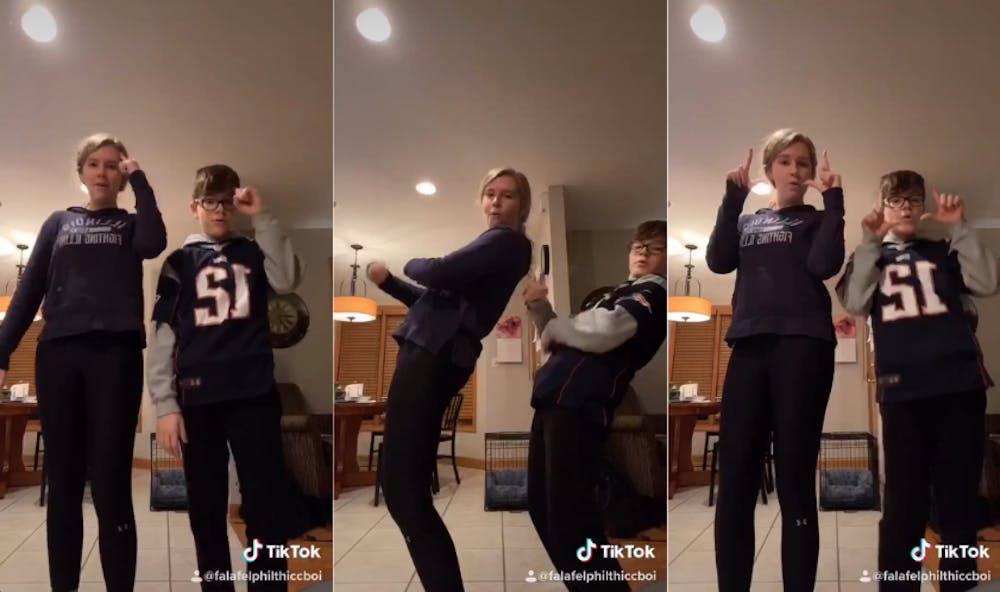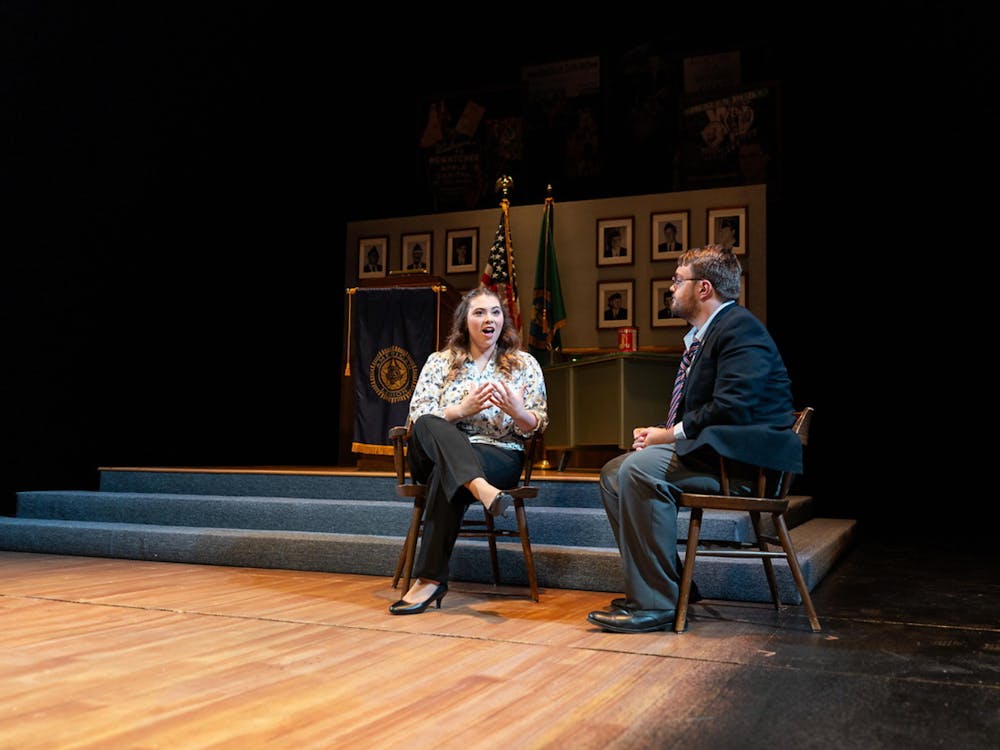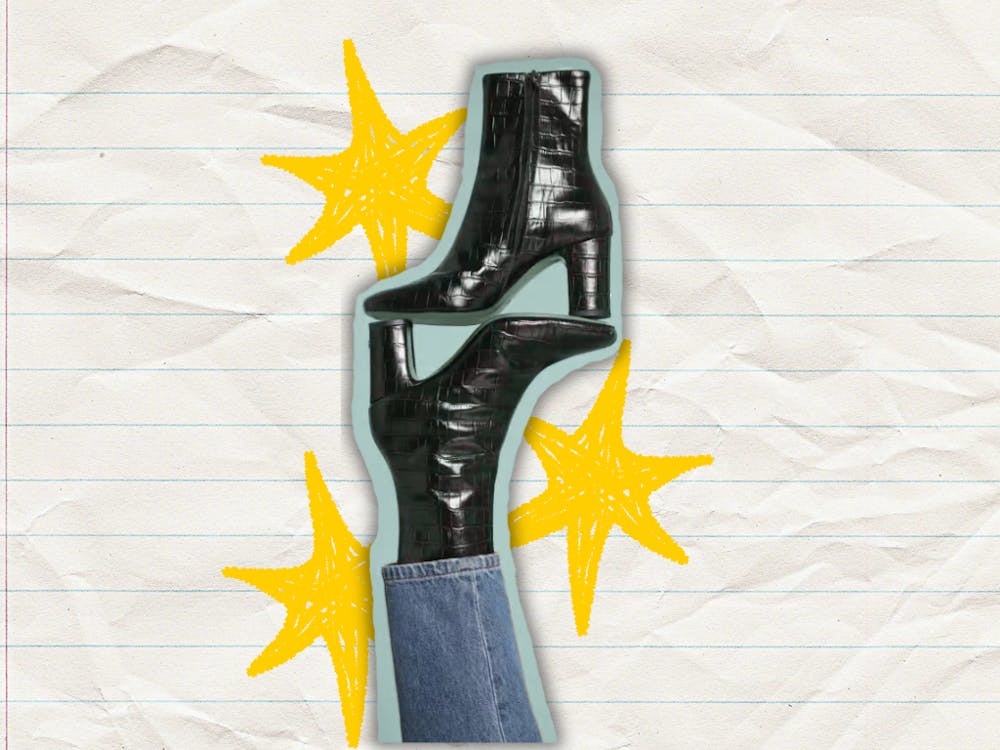I sat at my kitchen table over J-term watching, with increasing bemusement, as my younger brother and sister perfected their version of the “Say So” Doja Cat dance at the opposite end of the kitchen.
They were making a TikTok, that much I knew, but I wasn’t sure what for or why any of it mattered.
“What are you guys doing?” I called after, laughing as they continuously re-recorded themselves until they were in perfect sync.
“You just wouldn’t understand, Ceili,” my brother Liam said. “It’s TikTok.”
So, I became determined to understand.
Liam and I are nine and half years apart. He’s the youngest of our family and I’m the oldest. We’re separated by two sisters and a generation’s worth of pop culture references and memes.
Depending on who you ask, I am either a very young Millennial or a very old member of Gen Z (I was born in November 1997). Liam, who was born in May 2007, is decidedly a member of Gen Z, or the iGen.
And I wanted to know why he — and most kids his age — are so obsessed with TikTok and how it’s changed social media for an average seventh grade kid.
Before TikTok there was Musical.ly, a lip-synching app based in Shanghai that became incredibly popular among American kids.
“It was a huge app when I was in third grade,” Liam explained to me on a phone call last week.
In August 2018, ByteDance, TikTok’s parent company that specializes in artificial intelligence — also based in China, bought Musical.ly and merged the app with TikTok.
Enjoy what you're reading?
Signup for our newsletter
“You remember that app, Dubsmash?” Liam asked me.
“Vaguely,” I said.
Dubsmash, as Liam tells it, was a lot like TikTok, just “cringier.” The difference in TikTok is it’s versatility, he said.
“TikTok is just like YouTube,” Liam said. “There’s so many things you can do.”
But it all starts with the ‘For You’ page, an exploratory section of the app where you can discover hundreds of thousands of videos, and where Liam said people go to “look for a sound.”
The biggest sound out there right now, Charli D’Amelio (who has 25.9 million followers and 1.4 billion likes) who lip syncs over dances “as far as the eye can scroll,” my brother explained. Aspiring TikTokers, and a lot of girls in Liam’s grade will copy D’Amelio’s sound and use that in their own TikTok videos while performing their own versions of the dance.
“They all become so big, you think maybe you’ll strike the luck and become viral, too,” he said.
I asked Liam, who downloaded the app last fall, if he has any serious aspirations to go viral.
“There was always, when I started making my videos just for jokes, the hope and dream of going viral, but no one can,” he said with a laugh.
For Liam, TikTok is all about the laughs.
Sure, he likes scrolling through the dances here and there, but the real entertainment lies in the funny videos and memes.
There's a guy who will recap a weekend in the NFL by role playing the various teams in short 10-second segments. Or, over winter break, when tensions rose between the U.S. and Iran after President Trump ordered the military to kill Iran’s top general, videos started cropping up of kids preparing to be drafted for WWIII.
“Pretty much anything big that happens [in the world] is on TikTok,” Liam said.
Does the app give younger kids a way to cope with hard news, I wondered?
“Yeah, maybe,” my brother said. “Everyone feels, like, the need to be so politically correct, but on [TikTok] everyone’s just so chill so no one needs to be calling people out.”
It’s a bit of an escape, then.
“It’s just all about humor,” Liam said. “It’s a lighthearted app, and it’s not meant to offend anyone. It’s almost like an invisible contract you sign when you download the app and anything possible can happen on Tik Tok.”
He added that, when people become extremely racist or homophobic on the app, they are shut down. But the space exists to entertain.
“There’s something for everyone on TikTok,” he insisted.
Feeling slightly more knowledgeable toward the end of our conversation, I was curious what Liam’s prediction would be on TikTok’s shelf life.
“How long do you think TikTok’s gonna last?” I asked.
“I think it’ll be like YouTube,” Liam said. “YouTube was nothing really at first — and so was TikTok — and then, all of the sudden, in the early 2000s it blew up, and then it died down again and then since 2015 the Jake and Logan Paul’s took over, and then it transitioned into Fortnite and gaming and now there’s not really a trend going on, but something’s going to happen soon.”
Until then, seventh grade will continue to be dominated by talk of TikTok.
Nearly all of Liam’s friends have downloaded the app. Conversation about and constant scrolling through popular videos and dances reverberate through the hallways of his middle school, on the bus ride home and in carpools before basketball practice.
It’s addicting.
“A lot of people have problems with Tik Tok because it’s a never-ending scroll, some people at night, they’re just scrolling for hours on end,” Liam said. “I’m able to stop myself at a certain point because it kind of gets boring.”
My brother started setting screen limits for himself at the beginning of the school year because he felt like he spent too much time on his phone.
“You can ignore them,” he said, “and I do sometimes, but when I see them it reminds me to put my phone down and go outside to play basketball or run with Ollie [our dog].”




